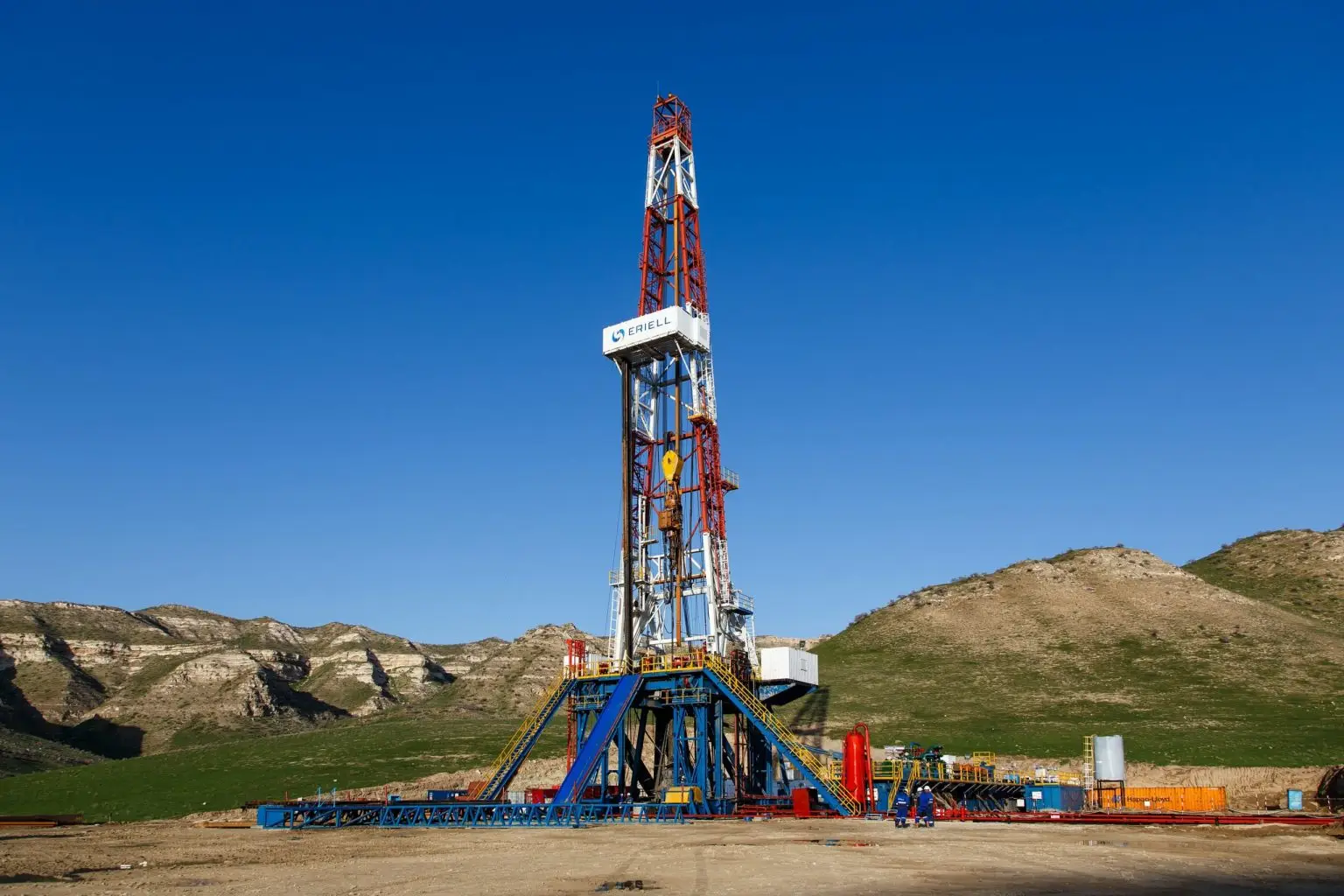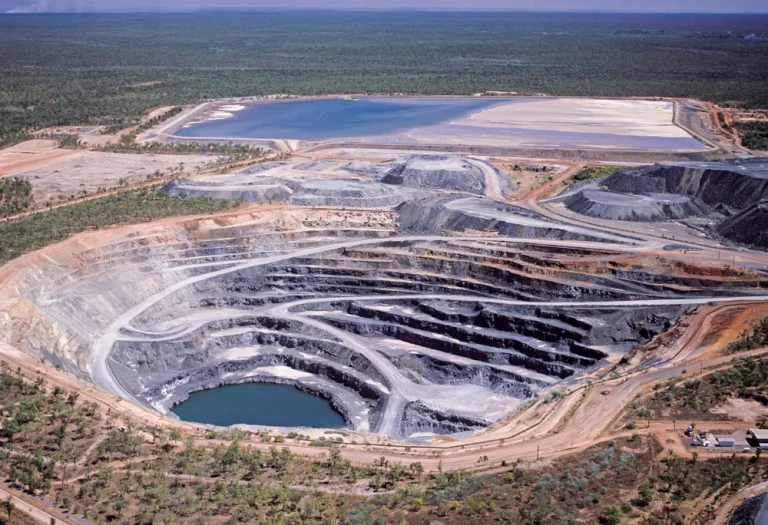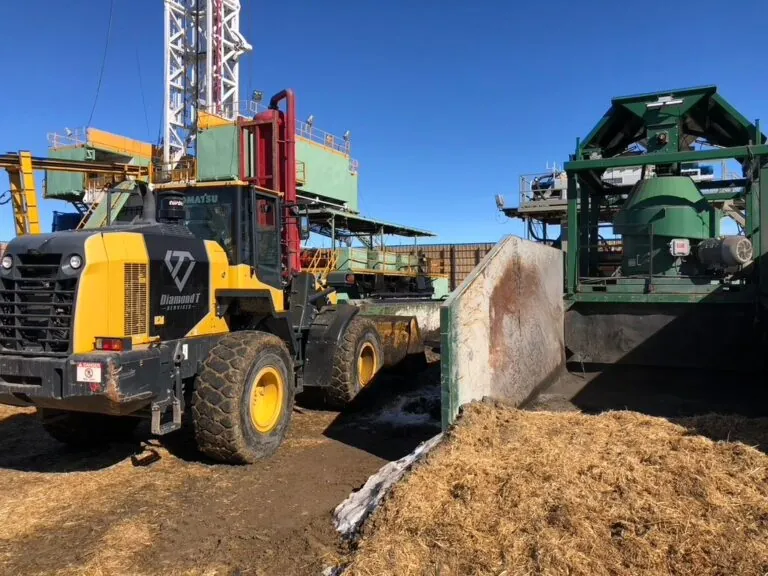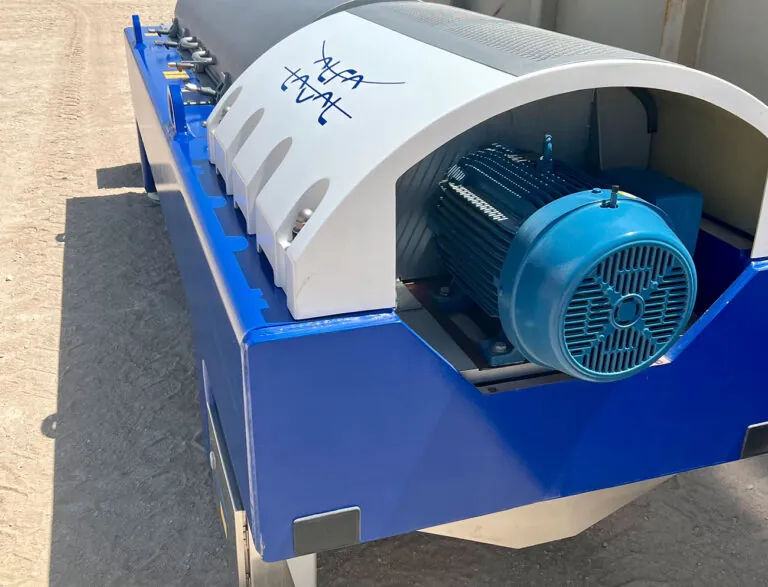When it comes to Solids Control there are many different parts of the system that can be separated into a few stages.
Stage 1
The shale shaker mechanically takes out all of the large cuttings that are found in the mud. Because it does not remove any other small solid particles, they turn into the silt. In good drilling practice, you must remove these. If you do not, then the weight may be heavier than necessary. This increases the weight of circulating equipment, and simply isn’t good. This leads to an excess of gas.
Stage 2
When gas gets into the mud, it must be removed. This requires another tool which is the pump. The pump will recirculate and bring the mud back down the hole. The shale shaker will then utilize the shaker screens. These catch the large cuttings, which fall into a different container to be disposed of.
Stage 3
The liquid mud goes into the sand trap, which is more of a mud tank. Although they look simple, they actually have a lot of detail put into them. They are designed to make the screens vibrate to reduce the amount of mud. If there is excess mud it will be sent through a vacuum degassing.
Stage 4
The degasser removes gas from the mud again. If it is not removed it may have the mud being too light. If this occurs then the well can fail and if formation fluids can enter the wellbore, you may have a blowout. Additionally, if the driller recirculates gas in cut mud, then the gas may cause a gas lock.
Stage 5
Pump gas and mud can be used rather than just mud which is highly inefficient. In order to do this, you can use a degasser. This is done in a vacuum-type machine that contains both mud and gas. It will enter the top, and then spill out over the baffle plates. Following this, the spreader will generate a large surface area for the gas to break out. The vacuum makes it very easy for the gas to escape when the mud is spread. After this, the gas will leave through a vent, and then the gas will leave the rig, to make the mud and atmosphere safe.







